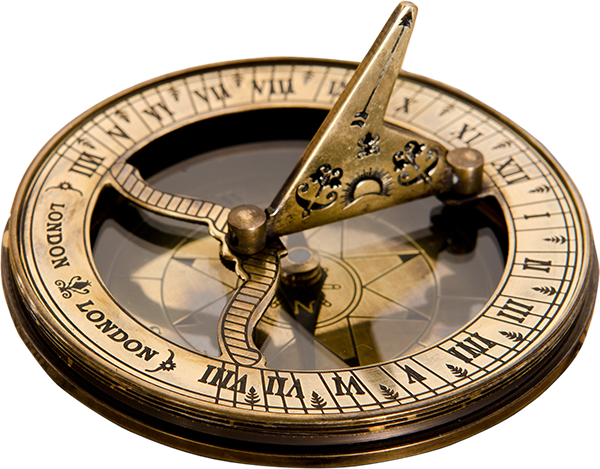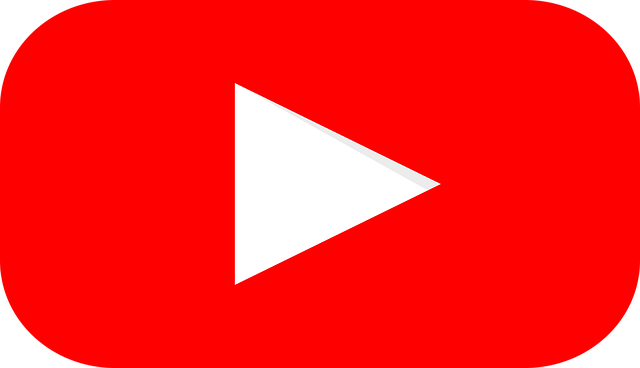More Signs Google Hearts Image Optimization
Today’s fun search story is that Google has added an Ajax-flavored image version of Google News that gives users a visual interpretation of the day’s biggest stories. Fun, right? Yes! And even better, it’s pretty.
If you head over to the new Google News Image Version you’ll see images of the day’s top news stories with a (very, very) truncated story headline below. Hovering over an image trips the Ajax flavoring and causes Google to magically scroll through its list of stories to find the selected story. Users can click “related images” to see stories and images related to the one they are interested in, or they can read the story associated with the original image.
I’ll admit this is a pretty neat addition by Google. Phil Lenssen commented that it feels like "zapping news channel" and I’d be inclined to agree. It’s similar to how I read the newspaper — find the pretty pictures and then read the accompanying story. (You do that too, right?) I wonder how long it’ll be before we see Google News Video Version.
I think it’s safe to assume that Google is picking the images to show up in its image news results algorithmically. I don’t think it’s a popularity contest to see which image is the prettiest or which one best reflects the story. In fact, I’m certain it’s not, since some of the photos displayed are nothing more than boring stock photography.
Why is Google News Image Version important, and not just pretty?
Because people like pictures. People would rather look at pictures then read text. Pictures make stories more attractive to users. Google is rewarding news sites that include pictures.
If you weren’t paying attention when Google launched Universal Search, this is yet another sign you need to worry about image optimization.
Google doesn’t care how relevant your news story is or if you have a quote from the president, the Pope or Danny Sullivan himself; if your news story doesn’t include an image, you’re not going to show up in Google News’ Image Version.
When you’re optimizing images you have to remember that the search engines can’t actually "see" the image displayed on your page. They instead use information like the name of the image, the alt attribute for the image, text near the image and on the page, and links to the image to help determine what that image is and how to rank it.
How do you get your images to rank well? Here are a few best practices.
- Use A Descriptive Filename: If it’s a photo of Tom Brady use [Tom Brady] in the filename. IMG 230984 doesn’t do much to tell the search engines what that photo depicts.
- Don’t Robots Exclude Your Images Folder: Don’t laugh; people do it all the time. Your pretty, relevant images will do you no good if you put them in a folder the search engines don’t have access to. Make sure your robots.txt allows the search engine to spider your images. We’d also recommend not making the path to your images overly complicated, as http://www.yoursite/images is easier for a bot to find than http://www/yoursite/images/sportsgods/male/football/greatestfootballteamever/tombrady
- Makes Friends With The Alt Attribute: Include a descriptive and accurate alt attribute for every image on your site that needs explaining. The alt attribute should describe what the image portrays, as well as use a keyword or two when appropriate. A good rule of thumb is to use 1 word for every 16×40 slice of an image. So, if the image is 50×100 pixels, you can use (50/16) * (100/40) = 6 words.
- Provide a Direct Link To The Photo: Provide a direct link to the file, ideally with an optimized alt attribute and actual anchor text (and from a high PR page). It should look something like this:
<a href=”imagename.jpg”><img src=”imagename.jpg” alt=”keyword phrase”><keyword phrase in anchor text></a>
Utilizing good anchor text and linking to the photo will help the search engines decide how important the image is. Good anchor text for that smokin’ photo of Tom Brady would be [View Smokin’ Tom Brady photo] not [View Photo].
I’m sure I need not tell you that trying to force keywords into your anchor text, filenames or alt text is bad. Don’t do it. Also don’t try and use complete sentences or paragraphs in alt attributes. The engines may think you’re trying to hide text. The rest of us will just think you’re dumb.
26,000+ professionals, marketers and SEOs read the Bruce Clay Blog
Subscribe now for free to get:
- Expert SEO insights from the "Father of SEO."
- Proven SEO strategies to optimize website performance.
- SEO advice to earn more website traffic, higher search ranking and increased revenue.

LEAVE A REPLY









